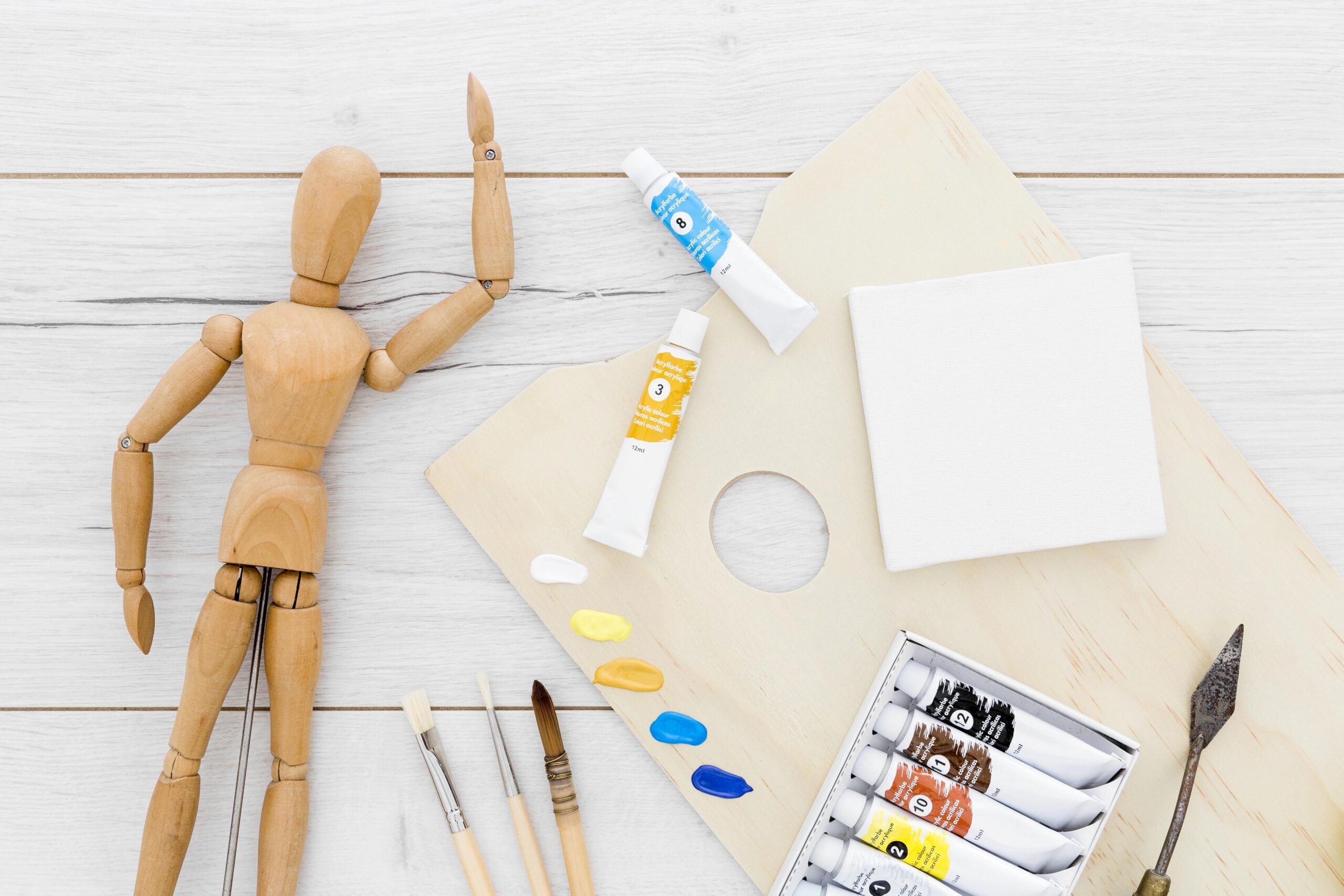
21 Jul Your DIY Website Looks like a Middle School Science Project
Creating a website yourself can be a thrilling endeavor. However, many pitfalls can make your DIY website look like a middle school science project, but professional design services can elevate its appeal. A website is often the first interaction potential clients have with your brand, making it crucial to create a positive and lasting impression. From inconsistent branding to poor user experience, DIY websites frequently fall short in several key areas. This article explores the common mistakes of DIY web design and offers practical solutions to transform your site into a polished, professional platform that effectively represents your business and engages your audience.
The Pitfalls of DIY Website Design
When it comes to DIY website design, enthusiasm is often high, but the results can be underwhelming. The issue lies not in the effort but in the execution. Many people underestimate the complexity involved in creating a website that not only looks good but also functions smoothly. Common pitfalls include:
- Clashing color schemes
- Confusing navigation
- Poorly formatted content
These elements can make your site appear amateurish and deter potential clients. Therefore, addressing these issues is essential for a professional appearance.
Lack of Professional Aesthetics
One of the most noticeable aspects of a DIY website that falls short is its aesthetic appeal. A professional-looking website needs to have a cohesive design that aligns with your brand’s identity. DIY websites often miss the mark with:
- Inconsistent fonts
- Uncoordinated color palettes
- Mismatched visual elements
Thus, it’s essential to have a well-thought-out design that conveys professionalism and reliability to visitors. Attention to detail in visual consistency can significantly elevate the overall look of your website.
Inconsistent Branding
Branding is crucial for any business, and your website is a key part of your brand’s identity. DIY websites frequently suffer from inconsistent branding, which can confuse visitors and weaken your brand’s impact. Elements such as logos, color schemes, and typography need to be uniform across all pages. This consistency helps in establishing trust and recognition among your audience. To achieve this, create a branding guide that outlines these elements and ensures they are applied consistently.
Poor User Experience (UX)
A significant factor that differentiates a professional website from an amateur one is the user experience. DIY websites often fail to provide a seamless UX due to a lack of expertise in layout design, navigation, and interactive elements. A poorly structured website can frustrate users, leading them to abandon your site. Therefore, prioritizing a user-friendly design is essential for keeping visitors engaged and encouraging them to explore your offerings. Simple, intuitive navigation and a clear layout can drastically improve the user experience.
Ineffective Mobile Optimization
With the growing use of smartphones, having a mobile-optimized website is no longer optional. Unfortunately, many DIY websites are not designed with mobile users in mind, resulting in a subpar experience on smaller screens. Mobile optimization involves more than just scaling down content; it requires thoughtful reorganization of elements to ensure they are easily accessible and navigable on mobile devices. Responsive design principles should guide this process, making sure that content remains readable and interactive on all screen sizes.
SEO Shortcomings
Search Engine Optimization (SEO) is a critical aspect of online visibility. DIY websites often lack the necessary SEO elements that help in ranking higher on search engine results. These include:
- Meta tags
- Alt text for images
- Keyword-rich content
Without proper SEO, your website may struggle to attract organic traffic, making it harder for potential clients to find you. Hence, incorporating SEO best practices is vital for online success. Regularly updating your content and utilizing tools like Google Analytics can help maintain and improve your SEO efforts.
Technical Glitches and Load Times
Technical issues such as slow load times, broken links, and unresponsive pages can severely impact the user experience. DIY websites are prone to these problems due to the use of inappropriate tools or lack of technical knowledge. Ensuring that your website is technically sound is crucial for maintaining user interest and improving your site’s performance. Regular checks can help mitigate these issues. Additionally, investing in reliable hosting services and optimizing images can significantly reduce load times.
Lack of Professional Content
Content is king, but only if it is well-crafted and relevant. DIY websites often feature content that is either too sparse or overly verbose, failing to strike a balance. Professional content writing ensures that the information presented is:
- Engaging
- Informative
- Aligned with your brand’s voice
High-quality content is vital for holding the reader’s attention and conveying your message effectively. Consider incorporating multimedia elements like videos and infographics to make your content more engaging and easier to digest.
Missed Marketing Opportunities
A professionally designed website is not just about aesthetics; it is also a powerful marketing tool. DIY websites frequently miss out on integrating marketing strategies such as:
- Lead capture forms
- Social media links
- Call-to-action buttons
These elements are essential for converting visitors into customers and should be strategically placed to maximize their impact. Effective use of these tools can lead to higher engagement rates and more conversions. Don’t forget to integrate analytics tools to track the performance of these elements and make data-driven improvements.
How to Elevate Your Website Design
Transforming your DIY website into a professional platform involves a combination of design refinement, technical optimization, and strategic content creation. Here are some steps you can take:
- Invest in Professional Design Services: Hiring a professional web designer can make a world of difference. They bring expertise and experience that can help you achieve a polished look that aligns with your brand.
- Ensure Consistent Branding: Work on creating a consistent brand identity across your website. This includes using uniform colors, fonts, and logos to create a cohesive look.
- Optimize for User Experience: Focus on creating an intuitive navigation structure. Make sure that visitors can easily find the information they need without getting frustrated.
- Mobile Optimization: Ensure that your website is fully optimized for mobile devices. Test your site on various screen sizes to confirm that it is responsive and user-friendly.
- Implement SEO Best Practices: Incorporate essential SEO elements such as meta tags, alt text, and keyword-rich content. This will help improve your site’s visibility on search engines.
- Address Technical Issues: Regularly check your website for technical glitches. Ensure that all links are working, and pages load quickly to enhance the user experience.
- Create High-Quality Content: Invest in professional content writing services to create engaging and informative content that resonates with your audience.
- Integrate Marketing Strategies: Make sure your website includes key marketing elements such as lead capture forms, social media links, and clear call-to-action buttons.
DIY Website: Finding the Balance
While DIY websites have their challenges, they can also offer a sense of personal accomplishment and control over your online presence. The key is to find a balance between doing it yourself and seeking professional help when needed. Recognize your limitations and don’t hesitate to invest in professional services for aspects that require specialized skills. By leveraging both your passion and professional expertise, you can create a website that reflects your brand’s vision and meets high standards.
Case Study: Successful Website Transformation
Consider the case of a small business owner who initially created a DIY website. While the site had all the necessary information, it lacked a professional touch. After investing in professional design services, the website saw a significant increase in traffic and user engagement. The consistent branding, improved navigation, and high-quality content transformed the site from a basic DIY project to a professional business tool. This transformation demonstrates the tangible benefits of professional web design services.
The Role of Professional Web Designers
Professional web designers bring a wealth of experience and creativity to the table. They are adept at translating your vision into a functional and aesthetically pleasing website. Their expertise in design principles, user experience, and technical aspects can elevate your website beyond what a DIY approach can achieve. They can also provide ongoing support and updates to keep your site current and competitive.
Why First Impressions Matter
First impressions are crucial in the digital world. Your website is often the first interaction potential clients have with your brand. A professional, well-designed website can make a lasting positive impression, while a poorly designed one can drive visitors away. Investing in a professional website design is an investment in your brand’s image and reputation. Remember, you never get a second chance to make a first impression, so ensure your website reflects the quality and professionalism of your business.
Common DIY Website Mistakes
Many DIY websites make similar mistakes that can be easily avoided with a bit of planning and professional guidance. These mistakes include:
- Overcrowded pages
- Inconsistent design elements
- Lack of clear calls to action
- Ignoring mobile optimization
Being aware of these common pitfalls can help you create a more effective DIY website. Additionally, regular reviews and updates can help maintain the quality and performance of your site.
The Importance of Feedback
Seeking feedback is an essential part of the website development process. Whether you’re working on a DIY project or with a professional designer, getting input from others can provide valuable insights. Feedback helps identify areas that need improvement and ensures that the final product meets the needs and expectations of your audience. Consider using tools like surveys or focus groups to gather detailed feedback.
Conclusion
Creating a website that represents your brand professionally is no small feat. While DIY websites offer a sense of control and personal involvement, they often fall short in delivering the polish and functionality that a professional website provides. By recognizing the limitations of DIY web design and seeking professional assistance where necessary, you can create a website that not only looks great but also performs well. Remember, your website is a reflection of your brand; make sure it leaves a positive and lasting impression on your visitors.




Sorry, the comment form is closed at this time.